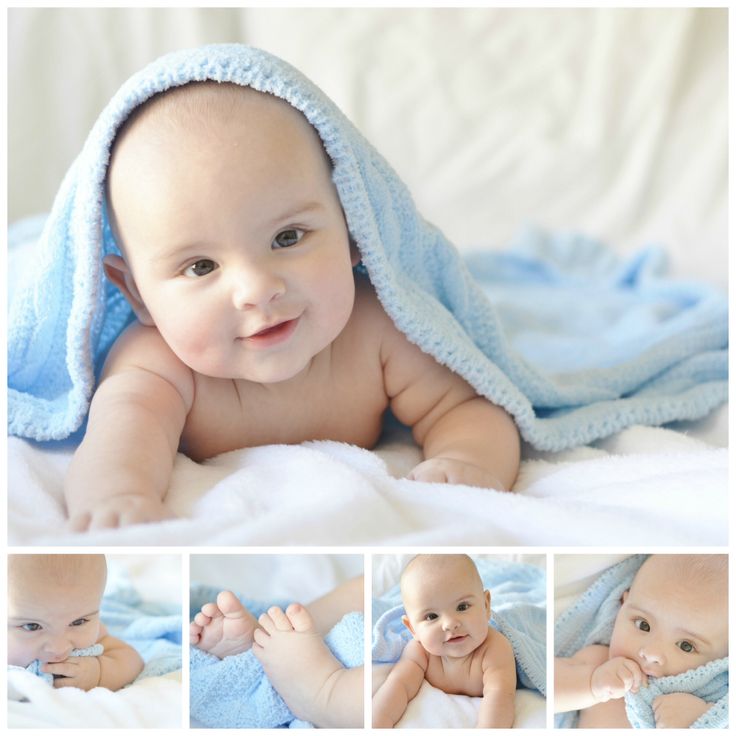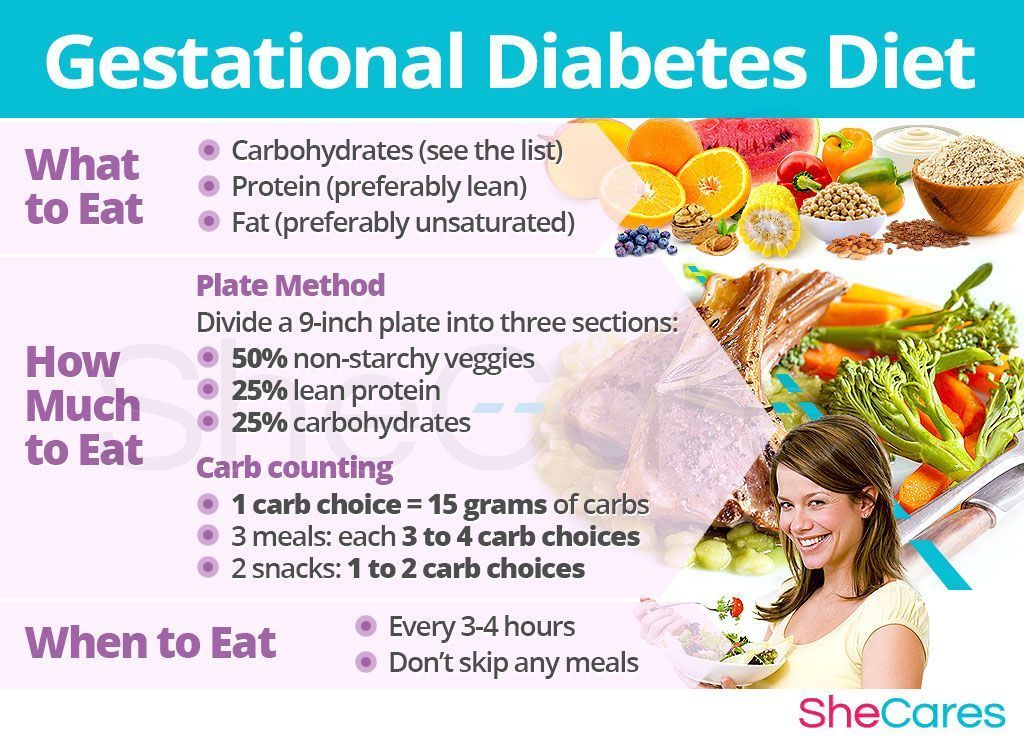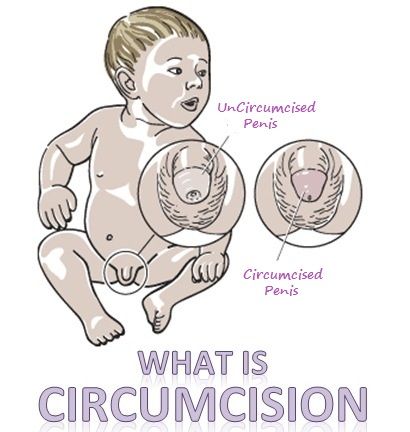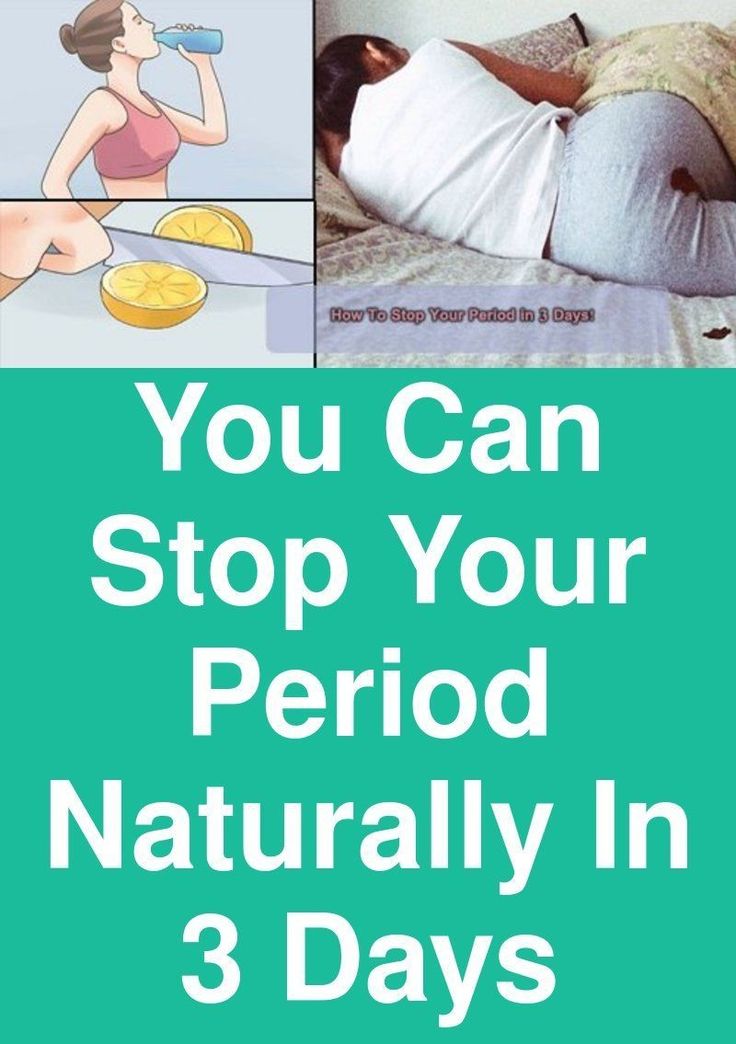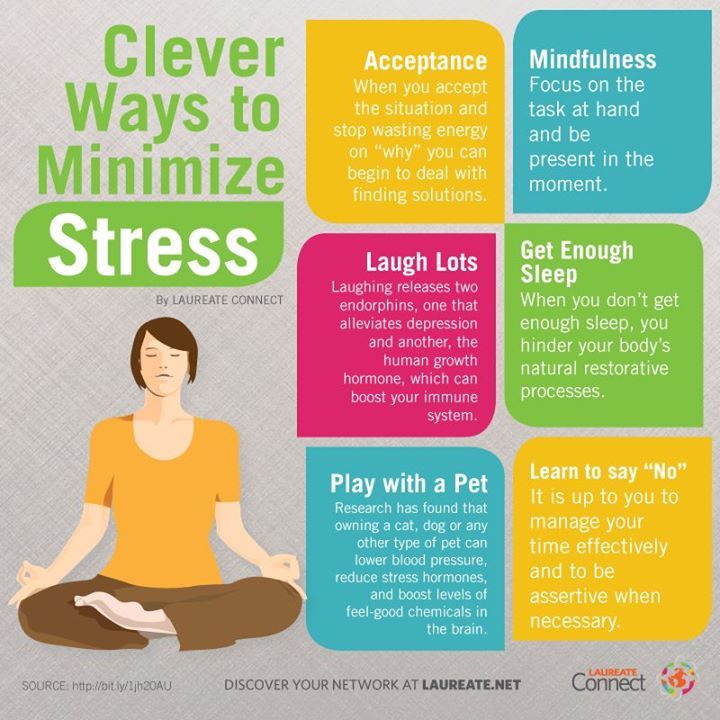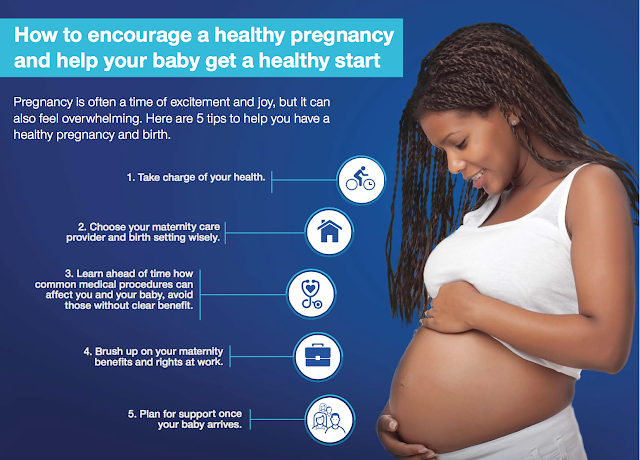Newborns at 1 month
Your baby's growth and development - 1 month old
beginning of content5-minute read
Listen
Infant development begins at birth. Initially your baby will grow fast and learn a lot. At 1 month, cuddling, sleeping and feeding are all that really matters to your baby. The time you spend with them will help their brain to grow and develop as they start to experience the world.
Your baby will probably be crying a lot at the moment. It’s often because they’re hungry or have a dirty nappy, but often babies just cry for no apparent reason. Give them lots of cuddles to comfort them and remember that the crying will eventually pass.
At 6 to 8 weeks, your baby needs a full health review by a health professional such as child and family health nurse, midwife, GP or paediatrician.
Your 1-month-old
All babies grow at different rates. But, on average, at 1 month they gain between 0.7 to 0.9 kg each month and grow 2.5 to 4 cm. Their head circumference will increase by about 1.25 cm each month.
All babies lose weight right after they are born. Healthy babies usually get back to their birth weight in about 2 to 3 weeks and will then continue to grow.
Your baby was weighed at birth and your doctor or maternal child health nurse will plot their growth regularly on a growth chart. Babies come in all different shapes and sizes, and your baby might be large or small. What matters is that they grow consistently over time. Try not to compare your baby’s weight gain with that of other babies.
Understanding baby growth charts
A growth chart helps you and your doctor keep track of how your baby is growing.
What can your baby do?
At 1 month, most of what babies do is still caused by reflexes. They aren’t thinking about their actions.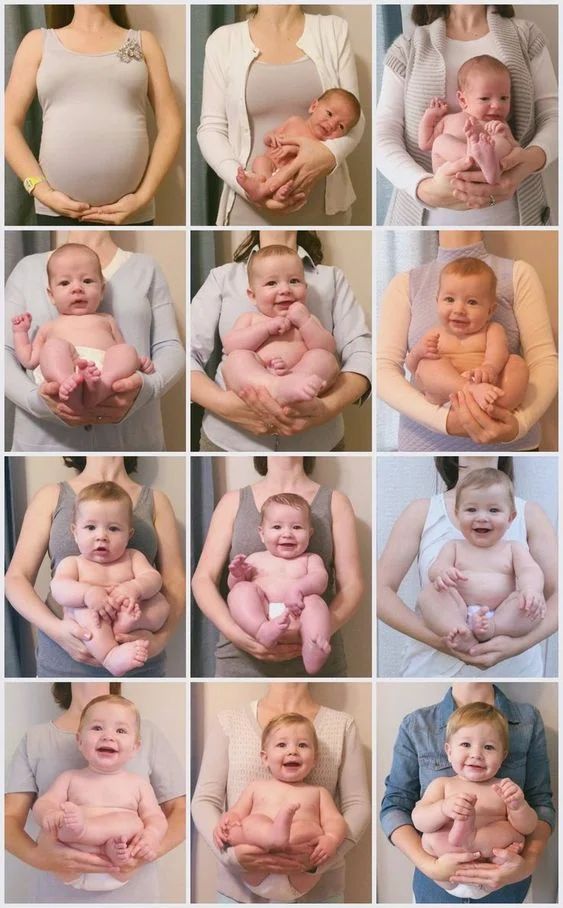 They will be sucking, swallowing, searching for milk and grasping an object if you put it in the palm of their hand (although most of the time they’ll keep their hands clenched in tight little fists). They will also step one foot in front of the other if you put their feet on a flat surface.
They will be sucking, swallowing, searching for milk and grasping an object if you put it in the palm of their hand (although most of the time they’ll keep their hands clenched in tight little fists). They will also step one foot in front of the other if you put their feet on a flat surface.
They will start to focus with both eyes at 1 month and should be able to follow a moving object from side to side. They will probably prefer looking at a human face to looking at an object and will gaze deeply into your eyes if you hold them about 45 cm away. Most babies can recognise their parents by this age.
1-month-old babies love the sound of your voice, but they will get startled if they hear a loud noise. They might fall backward and throw their arms and legs out, blink their eyes and breathe faster.
By the end of the first month, most babies can raise their head when you lay them on their stomach, and they will turn their head to one side. As their neck muscles get stronger, they will be able to turn their head and lift it up when they’re in a car seat or carrier.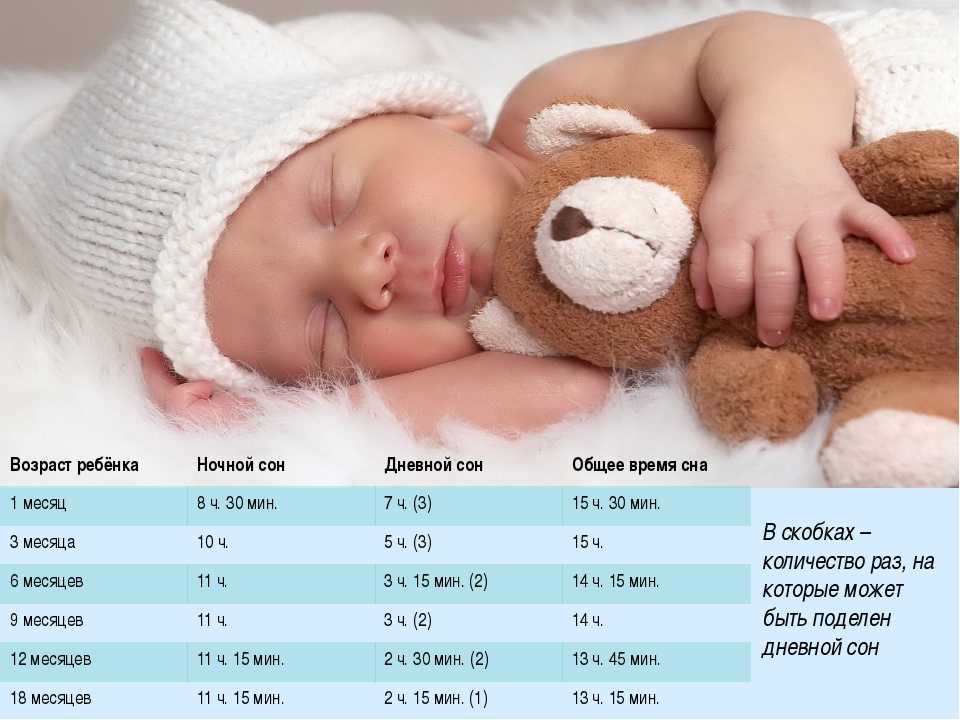
Your baby will cry loudly when they are hungry or uncomfortable. When they are happy and content, they usually make little gurgling noises. Respond to your baby’s sounds by gurgling and cooing back.
At 1 month, some babies will be learning how to soothe themselves, with a dummy or even by sucking their fingers or thumbs. Helping your baby to suck is a good way to calm them down.
How can I help my baby develop?
Spend as much time with your baby as possible. Looking deep into their eyes and smiling at them will help them to bond and to feel safe and secure.
Read and sing to your baby. Even though they can’t understand, they will enjoy hearing your voice. Music helps to stimulate their senses and will keep them amused. Playing with them will also strengthen your bond.
Help your baby to develop neck strength by putting them on their tummy for 1 to 5 minutes at a time. This is called tummy time. Always keep an eye on your baby during tummy time and always put them to sleep on their back.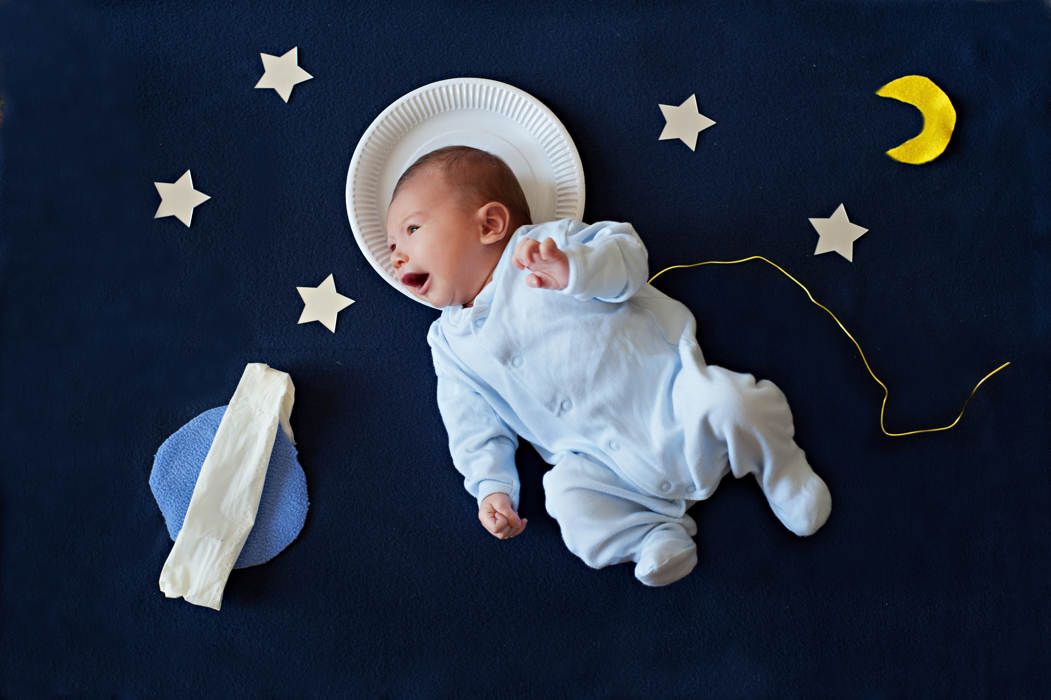
Development problem signs
Babies develop at different rates. At 1 month, you will still be learning about your baby and their needs. But talk to your doctor or maternal child health nurse if:
- they aren’t feeding well
- they are regularly sleeping a lot more than 16 hours a day
- they aren’t moving their arms or legs
- they aren’t following your face with their eyes or responding when they see you
- they aren’t making gurgling sounds
- they don’t startle or seem not be hearing things
- you are worried about your baby’s crying or sleeping
Where can I go for help?
If you are worried or would like to discuss any issues with your baby’s development, speak to your doctor or child health nurse.
Speak to a maternal child health nurse
Call Pregnancy, Birth and Baby to speak to a maternal child health nurse on 1800 882 436 or video call. Available 7am to midnight (AET), 7 days a week.
Available 7am to midnight (AET), 7 days a week.
Sources:
Raising Children Network (0-1 month: newborn development), Kids Health (Your baby’s growth – 1 month), Victoria Government (Baby development stages), Australian Children's Education and Care Quality Authority (Developmental milestones and the Early Years Learning Framework and the National Quality Standards)Learn more here about the development and quality assurance of healthdirect content.
Last reviewed: October 2020
Back To Top
Related pages
- Bonding with your baby
- How your baby learns - birth to 3 years
- Your baby’s growth and development – first 12 months
- Understanding baby growth charts
This information is for your general information and use only and is not intended to be used as medical advice and should not be used to diagnose, treat, cure or prevent any medical condition, nor should it be used for therapeutic purposes.
The information is not a substitute for independent professional advice and should not be used as an alternative to professional health care. If you have a particular medical problem, please consult a healthcare professional.
Except as permitted under the Copyright Act 1968, this publication or any part of it may not be reproduced, altered, adapted, stored and/or distributed in any form or by any means without the prior written permission of Healthdirect Australia.
Support this browser is being discontinued for Pregnancy, Birth and Baby
Support for this browser is being discontinued for this site
- Internet Explorer 11 and lower
We currently support Microsoft Edge, Chrome, Firefox and Safari. For more information, please visit the links below:
- Chrome by Google
- Firefox by Mozilla
- Microsoft Edge
- Safari by Apple
You are welcome to continue browsing this site with this browser.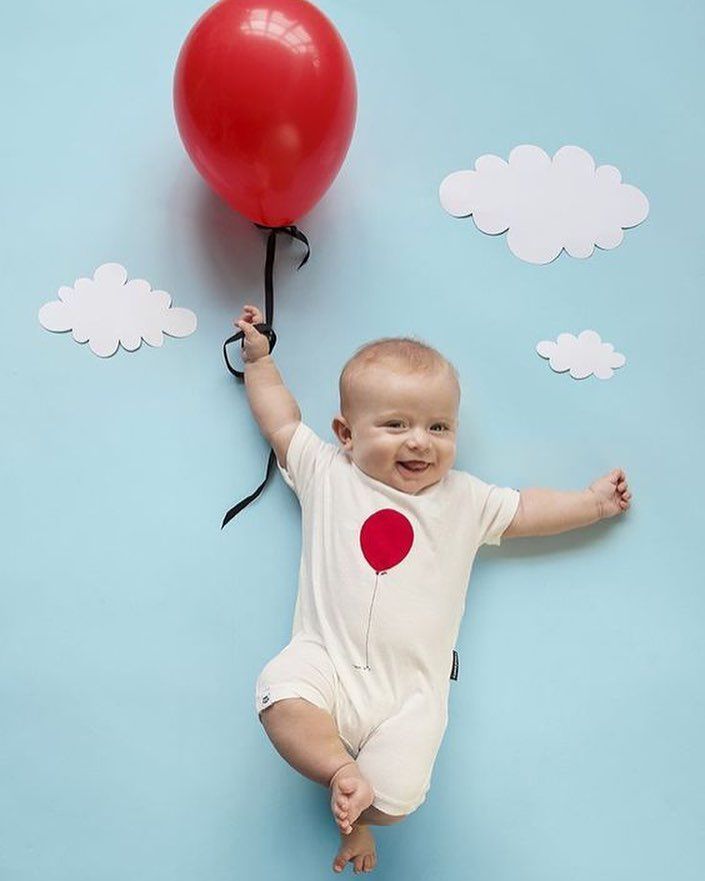 Some features, tools or interaction may not work correctly.
Some features, tools or interaction may not work correctly.
Developmental Milestones: 1 Month - HealthyChildren.org
Log in | Register
Ages & Stages
Ages & Stages
What are some of the developmental milestones my child should reach by one month of age?
In the very beginning, it may seem that your baby does nothing but eat, sleep, cry, and fill his diapers. By the end of the first month, he’ll be much more alert and responsive. Gradually he’ll begin moving his body more smoothly and with much greater coordination—especially in getting his hand to his mouth. You’ll realize that he listens when you speak, watches you as you hold him, and occasionally moves his own body to respond to you or attract your attention.
Here are some other milestones to look for.
Movement Milestones
- Makes jerky, quivering arm thrusts
- Brings hands within range of eyes and mouth
- Moves head from side to side while lying on stomach
- Head flops backward if unsupported
- Keeps hands in tight fists
- Strong reflex movements
Visual and Hearing Milestones
- Focuses 8 to 12 inches (20.
 3 to 30.4 cm) away
3 to 30.4 cm) away - Eyes wander and occasionally cross
- Prefers black-and-white or high-contrast patterns
- Prefers the human face to all other patterns
- Hearing is fully mature
- Recognizes some sounds
- May turn toward familiar sounds and voices
Smell and Touch Milestones
- Prefers sweet smells
- Avoids bitter or acidic smells
- Recognizes the scent of his own mother’s breastmilk
- Prefers soft to coarse sensations
- Dislikes rough or abrupt handling
Developmental Health Watch
If, during the second, third, or fourth weeks of your baby’s life, she shows any of the following signs of developmental delay, notify your pediatrician.
- Sucks poorly and feeds slowly
- Doesn’t blink when shown a bright light
- Doesn’t focus and follow a nearby object moving side to side
- Rarely moves arms and legs; seems stiff
- Seems excessively loose in the limbs, or floppy
- Lower jaw trembles constantly, even when not crying or excited
- Doesn’t respond to loud sounds
- Last Updated
- 6/1/2009
- Source
- Caring for Your Baby and Young Child: Birth to Age 5 (Copyright © 2009 American Academy of Pediatrics)
The information contained on this Web site should not be used as a substitute for the medical care and advice of your pediatrician.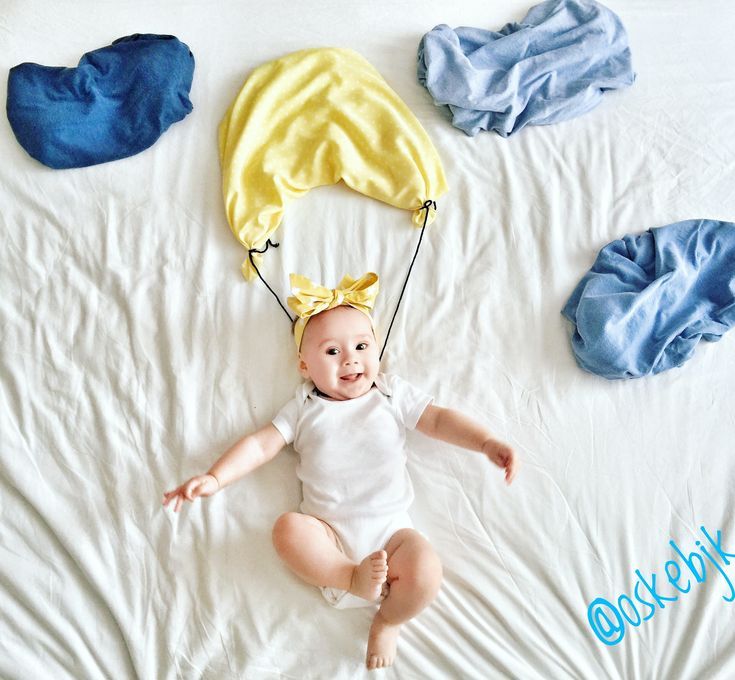 There may be variations in treatment that your pediatrician may recommend based on individual facts and circumstances.
There may be variations in treatment that your pediatrician may recommend based on individual facts and circumstances.
Development of a baby at 1 month
Article structure
What can a child at this age do?
The current AAP (American Academy of Pediatrics) recommendation is that the most appropriate and safest position for your baby is the supine position during sleep, which reduces the risk of SIDS (Sudden Neonatal Death Syndrome).
The mother's diet during breastfeeding should be varied and tasty, contain dairy products, meat, fruits and vegetables, and more fluids. nine0005
Physiological neonatal jaundice
Appears from the 2-3rd day of life (face, trunk) and should decrease and gradually disappear until the 10-14th day if the baby was born at term. The general condition of the baby is not disturbed, he actively sucks his breast and gains weight well. However, you should contact the pediatrician if the baby is lethargic, poorly gaining weight, jaundice spreads to the arms and legs, the color intensity increases, the urine acquires a rich color, and the feces brighten.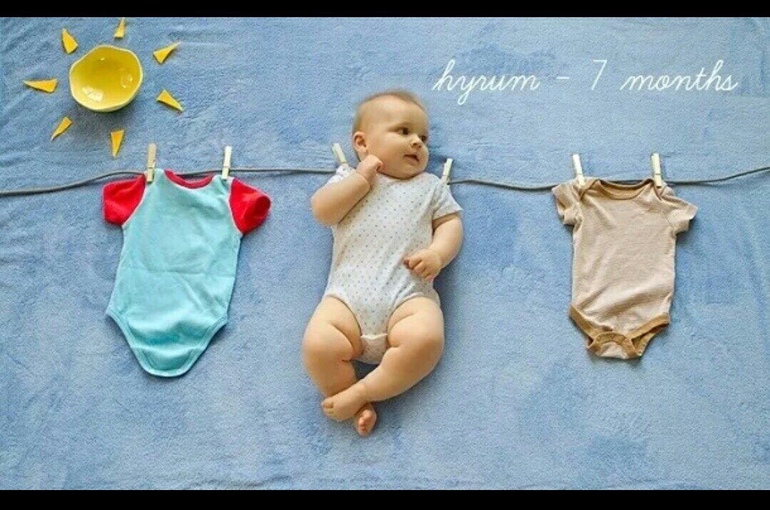 nine0005
nine0005
Baby's crying
Is the only way to communicate with you, so the mother very quickly begins to understand what different intonations, intensity and duration mean. Thus, if there are no apparent reasons (hunger, heat or cold, wet or uncomfortable clothes, a full diaper), monotonous, loud, prolonged crying, possibly accompanied by vomiting, should alert and become a reason for immediate medical attention.
Colic
Such crying can be with colic. What is it? So, colic is also a transient (transient) functional reaction of the baby's digestive system, the immaturity of which leads to increased gas formation and intestinal spasm. This is accompanied by strong crying of the baby, tension in the abdomen, as a rule, at about the same hours in the evening, starting from the age of three weeks.
You should know that colic does not threaten the baby's health (except perhaps the peace of mind of the parents), disappear as the digestive system matures (on average, up to three months of age or earlier). Your love and patience will help the baby survive this period: carry the baby in your arms - the warmth of your body will help calm down and relieve intestinal spasm, put the baby in a warm diaper. Medicines should only be used as directed by a doctor. nine0005
Your love and patience will help the baby survive this period: carry the baby in your arms - the warmth of your body will help calm down and relieve intestinal spasm, put the baby in a warm diaper. Medicines should only be used as directed by a doctor. nine0005
Redness
In the first two or three weeks, the baby's skin may be reddened (so-called transient erythema), peeling, rashes mainly on the skin of the face - acne or milia (blockage of the sebaceous glands) of newborns. If changes in the skin do not cause concern for the baby, he is gaining weight well, has a normal body temperature, sleep is preserved - there is no reason to worry.
Difficulty breathing
There may be a deep breath with a slow exhalation, "heavy" breathing - in the first 5 days. But wheezing, whistling, very frequent or vice versa rare breathing (the norm is 30–60 breaths per minute), prolonged respiratory arrest (10–20 s) require a visit to a doctor. nine0005
Sexual crisis
Parents may be frightened by their manifestations of such a transient functional state as a sexual crisis.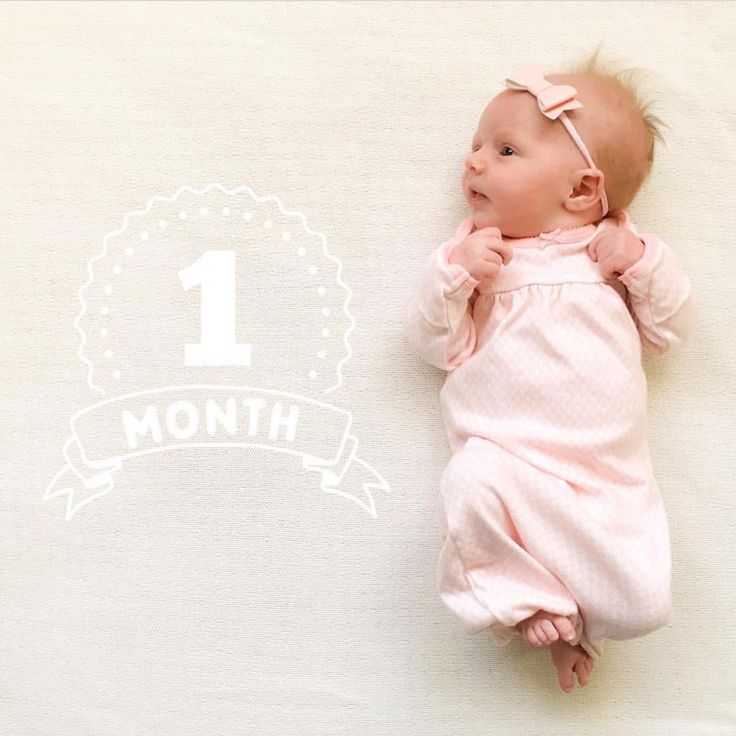 It is caused by the action of estrogens - hormones that the child receives from the mother before childbirth. The manifestations of this crisis develop to the maximum on the 7-8th day and finally disappear within 2-3 weeks. Swelling of the mammary glands, which is possible in both sexes on the 7-8th day, disappears by the end of the 1st month of life. There may be an increase in pigmentation of the external genitalia, vaginal discharge in girls. nine0005
It is caused by the action of estrogens - hormones that the child receives from the mother before childbirth. The manifestations of this crisis develop to the maximum on the 7-8th day and finally disappear within 2-3 weeks. Swelling of the mammary glands, which is possible in both sexes on the 7-8th day, disappears by the end of the 1st month of life. There may be an increase in pigmentation of the external genitalia, vaginal discharge in girls. nine0005
Body temperature
The body temperature of a newborn is between 36.5 and 37.5 °C. The baby has imperfect thermoregulation, so it is easy to overcool or overheat. That is why you should monitor the temperature in the room - 22 ° C (full-term), 24 ° C (premature, small children) - and be sure to humidify the air.
Weight loss
Physiological weight loss in the first 10 days - 10% of birth weight (fluid loss with evaporation from the body surface, meconium discharge). What to do? Continue adequate breastfeeding, i.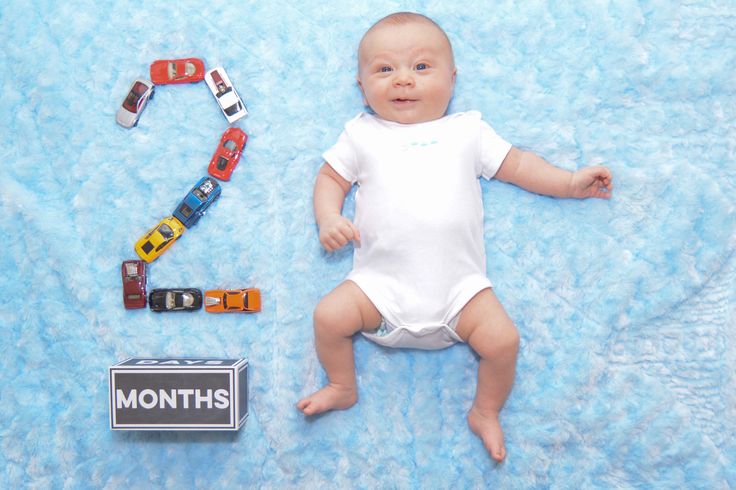 e. on demand. nine0005
e. on demand. nine0005
Baby's reflexes
Baby's reflexes must be symmetrical, i.e. the same on the right and left. They gradually disappear by 3-4 months. The presence of these reflexes, their symmetry and timely gradual disappearance are important signs of the appropriate development of the child's nervous system.
The development of the baby is ongoing: physical - walks, gymnastics, massage; emotional - carrying on hands, breastfeeding, reaction to crying; sensory - communication, bathing, massage. Surely you noticed how everything is interconnected. nine0005
Resources
Back to section Continue
Featured
publications
The first month of a baby's life. Newborn care
Having crossed the threshold of the house with a precious sniffing bundle in your arms, you are left alone with the baby.
The first 28 days of his life are considered the most responsible in the life of a newborn. And it is these days that he is mastered in the outside world and requires close attention.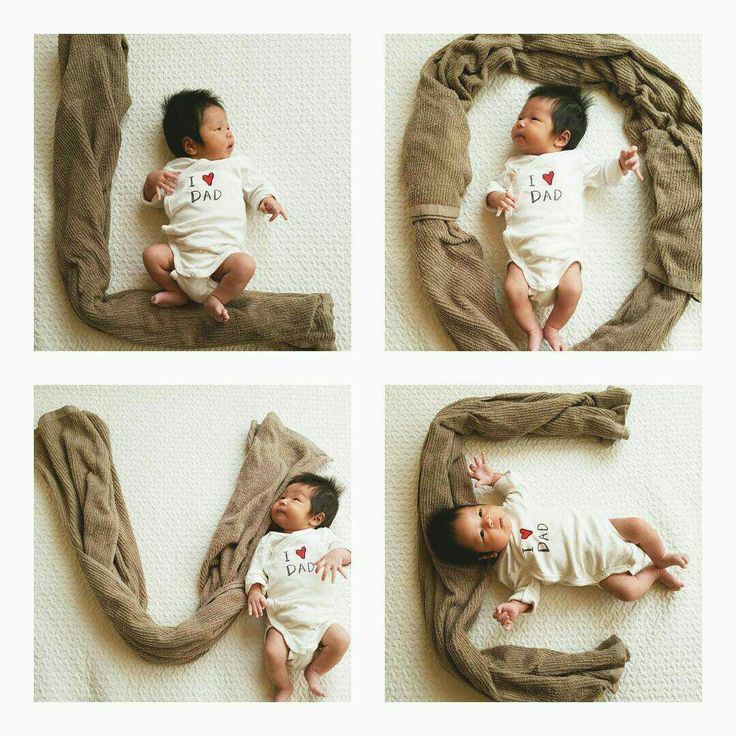 Not a single trifle in his state of health or behavior should go unnoticed. From this depends its further development and health. The child must be clean, fed and dry. We will talk today about what kind of care a baby needs in the first month of life. nine0005
Not a single trifle in his state of health or behavior should go unnoticed. From this depends its further development and health. The child must be clean, fed and dry. We will talk today about what kind of care a baby needs in the first month of life. nine0005
Newborn's morning toilet
Newborn's morning toilet begins with the treatment of the umbilical wound. Before treating the umbilical wound, you must thoroughly wash your hands with soap and only then you can proceed to the treatment of the umbilical wound. First, you need to carefully spread the edges of the umbilical wound and lubricate with a cotton swab moistened with a solution of 3% hydrogen peroxide. If there is a lot of discharge and the stick is saturated with it, then a new stick is taken for further processing. If there are hydrogen peroxide residues in the wound, they are removed with a clean, dry cotton swab. At the final stage, the wound is smeared with a brilliant green solution. The next step in the newborn's morning toilet is the baby's peephole toilet.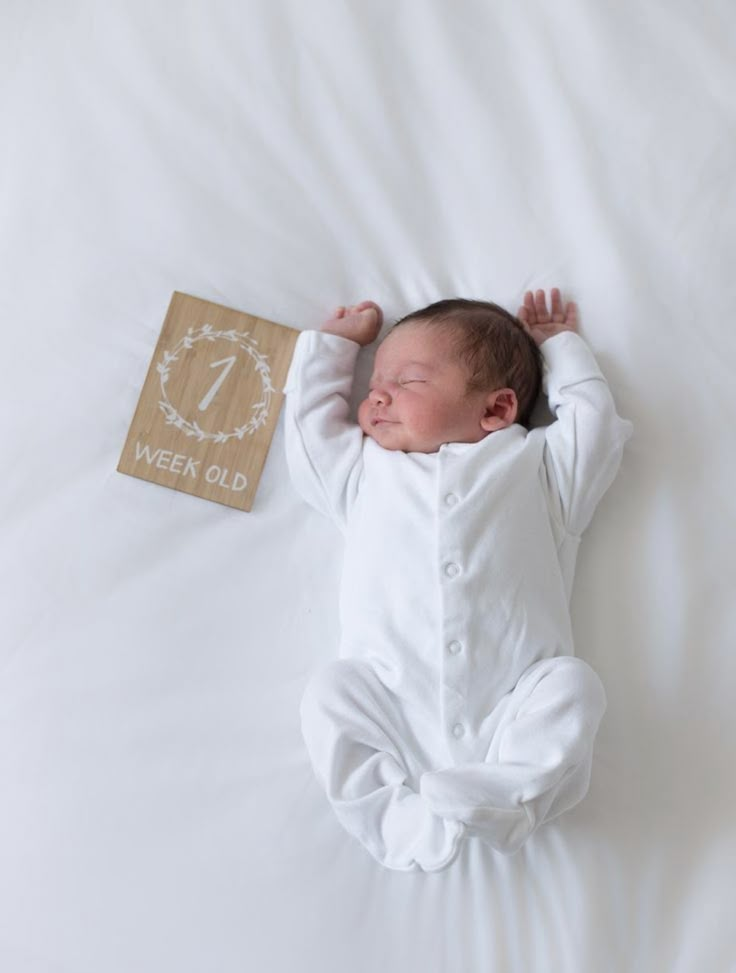 For these purposes, use cotton pads moistened with boiled water at room temperature. With a wet disk (separate for each eye), you gently draw from the outer corner of the eye to the baby's nose. If the eyes fester, then a decoction of chamomile can be used to wash them. Washing the eyes is carried out twice a day: in the morning immediately after waking up the crumbs and before bedtime. Nasal openings are cleaned with cotton flagella dipped in boiled water. To remove the crusts that sometimes form in the baby’s nose, first, saline solution is instilled into each nostril, which can be easily purchased at any pharmacy, and after 10-15 minutes the nose is cleaned with cotton flagella. The cotton flagellum is inserted into the nasal cavity no more than 1 cm, with careful helical movements, while with one hand you “wield” the flagellum, and with the other hand you hold the baby’s head so as not to inadvertently harm the baby. Next, wash the face, neck and hands of the child with boiled water using a cotton pad.
For these purposes, use cotton pads moistened with boiled water at room temperature. With a wet disk (separate for each eye), you gently draw from the outer corner of the eye to the baby's nose. If the eyes fester, then a decoction of chamomile can be used to wash them. Washing the eyes is carried out twice a day: in the morning immediately after waking up the crumbs and before bedtime. Nasal openings are cleaned with cotton flagella dipped in boiled water. To remove the crusts that sometimes form in the baby’s nose, first, saline solution is instilled into each nostril, which can be easily purchased at any pharmacy, and after 10-15 minutes the nose is cleaned with cotton flagella. The cotton flagellum is inserted into the nasal cavity no more than 1 cm, with careful helical movements, while with one hand you “wield” the flagellum, and with the other hand you hold the baby’s head so as not to inadvertently harm the baby. Next, wash the face, neck and hands of the child with boiled water using a cotton pad. The washed parts of the body are dried with a clean soft towel, gently touching the skin of the child, with blotting movements. The morning toilet is completed by washing the baby with warm boiled water under running water. Girls are washed from front to back so as not to introduce an infection into the urinary organs. Dried skin folds are smeared with a baby moisturizer, if necessary, they are powdered with baby powder or talc. This is the end of the morning toilet. nine0005
The washed parts of the body are dried with a clean soft towel, gently touching the skin of the child, with blotting movements. The morning toilet is completed by washing the baby with warm boiled water under running water. Girls are washed from front to back so as not to introduce an infection into the urinary organs. Dried skin folds are smeared with a baby moisturizer, if necessary, they are powdered with baby powder or talc. This is the end of the morning toilet. nine0005
During the day, after each diaper change (once every 3 hours) or bowel movements, the baby must be washed. Mommy performs all hygiene procedures with clean, thoroughly washed hands, having previously freed them from rings and watches. Your nails should be cut short, and your skin should be free of burrs.
Bathing a newborn
Daily bathing of newborns is started 1 day after the umbilical cord falls off, when the umbilical wound heals. Bathing water is not boiled, the air temperature in the room is maintained at 22-23 degrees Celsius.